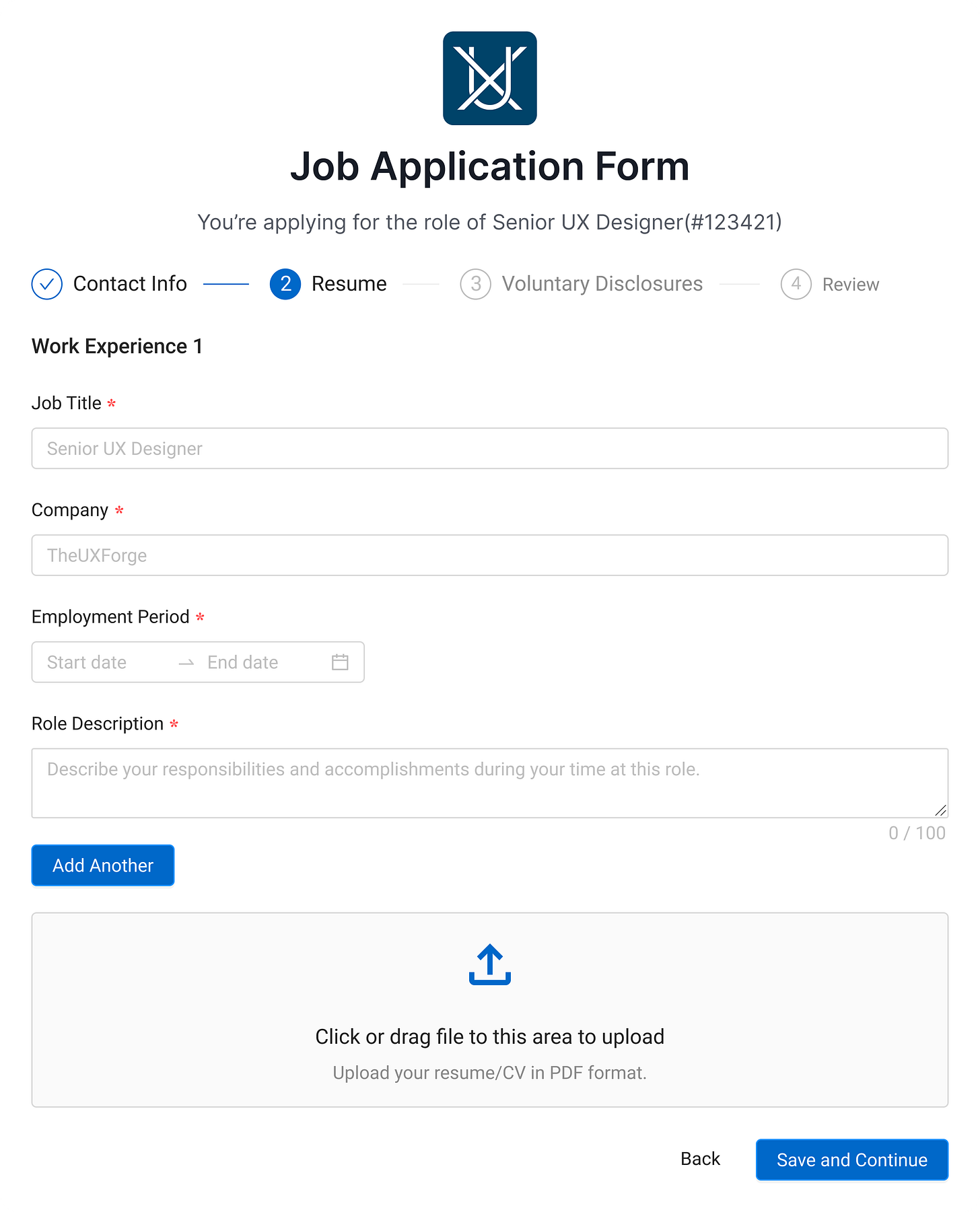Cognitive Load: The Secret Behind Intuitive Design
Why great design feels easy — even when the task isn’t.
Ever used an app or product and thought, “That was surprisingly easy” even if it was something complicated like doing your taxes? That magic feeling isn’t accidental. It’s the result of good UX design and the management of something called cognitive load, which is the amount of mental effort it takes for someone to complete a task.
You can think of cognitive load as your brain’s “bandwidth.” If you’re trying to process too many things at once mistakes happen and frustration creeps in. But when cognitive load is well-managed, even complex tasks feel doable, sometimes even enjoyable, and dare I say, even magical.So, what exactly are the types of cognitive load we deal with in UX? Let’s break it down using a real-world example: tax software. (Stick with me and I promise it won’t be painful).
1. Intrinsic Cognitive Load (ICL)
This is the inherent difficulty of a task. Some things are just naturally complex (Tesler’s Law). Filing your taxes, for example, involves legal forms, personal details, income breakdowns, and more. You can’t really eliminate that complexity, but there are ways we can design around the complexity to make it feel a lot more manageable.
One of the best strategies? Progressive Disclosure: showing only what’s needed, when it’s needed.
If the app throws every question and input at the user all on one page, it’s overwhelming, and users will make more mistakes. But if that same information is separated into logical groupings like Personal Info, Income, Deductions, and Tax Credits, and revealed one chunk at a time, it’s suddenly much more manageable. Now the user can focus on just one category at a time with a more manageable amount of information.
This not only helps reduce cognitive overload, but it also gives users a clear sense of progress and direction. When the design mirrors the way people naturally think and process information, it makes even complicated tasks feel more intuitive and a lot less stressful.
2. Extrinsic Cognitive Load (ECL)
This is the mental junk we don’t need, the stuff that distracts or confuses. Think cluttered layouts, inconsistent navigation, or long-winded copy. All of it pulls users away from their actual goal. And as designers, this is the kind of load we can and should eliminate.
Let’s go back to our tax software. You already have a mentally heavy task — so now imagine that on top of that, the interface is a chaotic mess:
Five different fonts
Buttons in random places
Menus that make no sense
Inconsistent color usage
How do we prevent this? Ensure we have clean layouts, clear visual hierarchy, and well-structured information architecture. When the task itself is already mentally demanding, we must do everything we can to ensure the design does not add to it:
Use white space to reduce visual noise
Group related items together
Label elements and use simple language
Maintain consistency in your design
Use common patterns and universal icons
The goal is to ensure the user feels in control and focused on the task at hand.
3. Germane Cognitive Load (GCL)
Finally, there is the Germane Cognitive Load, this is the good kind of mental effort. It’s what helps users understand, learn, and feel empowered by what they’re doing. You actually want to encourage this, as long as it’s well-balanced. Continuing with our tax example, here are some examples:
A short animated explainer showing how tax brackets work
Visual charts breaking down your income sources
Quick notes explaining why a certain deduction matters
Tooltips explaining line items in plain language
Germane cognitive load is all about helping users learn and integrate information. These design elements don’t just help users complete a task; they help them get better at it. And when you apply germane cognitive load properly, you can make users feel a real sense of confidence and satisfaction.
Conclusion
At the end of the day, UX isn’t just about slick interfaces and pretty buttons. It’s about managing how people feel as they interact with your product. To recap, the three types of cognitive loads:
Organize intrinsic cognitive load, so even hard tasks feel manageable.
Reduce extraneous cognitive load, so your users don’t get frustrated.
Encourage germane cognitive load, so people walk away feeling smarter.
If you get these right, even filing taxes can feel smooth, simple, and maybe even a little bit magical.



